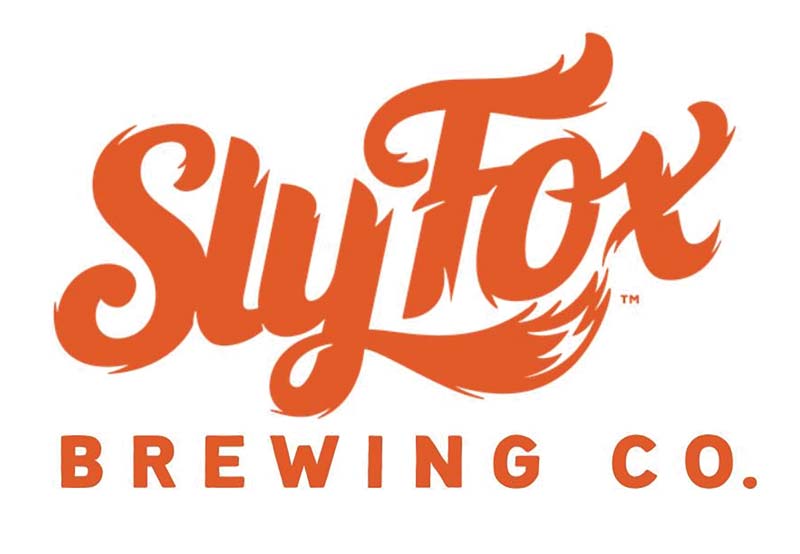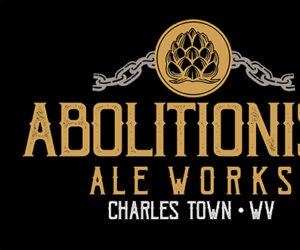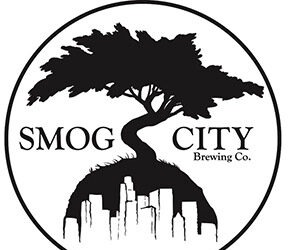Sly Fox Brewing Co.
Dear Replicator,
On a recent drive across the state of Pennsylvania — and what a long drive that is — I rewarded myself for completing the epic journey with a stop at the new Sly Fox brewpub in Pittsburgh. I was really surprised by their coffee blonde ale, since coffee is almost always paired with something dark and roasty. The lighter base let the coffee take a bit more of the spotlight than it usually would. My wife is a big coffee snob, and I figured this would be a good homebrew project for both of us to attempt to tackle together. Would love some tips for how to piece something like this together. Cheers!
Kyle Harris
Cleveland, Ohio
Nearly every successful craft brewery ends up expanding beyond their original vision, whether through distribution, a bigger brewhouse and new tanks, or even an entirely new production facility. Some, however, end up combining a bit of all of these approaches, diversifying while also growing their footprint. In the case of Sly Fox Brewing Co., founded and headquartered in Phoenixville, Pennsylvania (Philadelphia suburbs), the owners made the decision to not only open up several taprooms in the Philadelphia metro area, but to expand across the state with an entirely separate satellite brewpub.
Opened in 2022, the Sly Fox Pittsburgh Highline location established a unique relationship between the brewpub and the mothership. Separated by almost three hundred miles, in cities so different that Pennsylvania residents often quip that they may as well be located in entirely different regions of the country, the Pittsburgh brewpub’s unique setup allows for both consistency — reliably serving the core Sly Fox brands that customers know well — as well as opening up a window for smaller-scale, one-off experimentation.

Jonathan Ross, the Head Brewer for the Sly Fox Pittsburgh Highline brewpub, says that the mission of the outpost is to be a bit more creative and daring with the brewpub’s experiments, while also crafting beers that could only exist in that location by partnering with other local businesses.
“Our Highline location has an excellent coffee shop, De Fer Coffee & Tea, on the second floor, so working with them was a no-brainer,” Ross says. “Winter was still lingering but spring was coming so I wasn’t too keen on going with a dark beer. I had also just put out a milk stout and planned on that being the last “winter” beer for the year and the pub side was getting ready to launch brunch on weekends, so doing a low-ABV coffee beer that would work seasonally and help promote the pub’s new offerings seemed perfect.”
As with any good collaboration, Ross sought to call upon the expertise of his collaborators in the project. “We met with De Fer for a coffee tasting of a few different options they thought might work for us, and that was extremely informative. From there I took a few promising samples to make cold brew with, since that is how I’d be using the beans for the beer itself.”
In the end, Ross and De Fer opted for a blend with very low acidity that nonetheless packed a strong, bold flavor without being overly roasty. “For a porter I would have chosen a completely different variety, but for a blonde it was ideal,” Ross says. “The blonde ale itself was made with a simple malt bill and low bitterness — a little lower on the bitterness scale than normal since the coffee, even though it was cold-brewed, would still add some sharpness. Hops were chosen for balance, rather than being in the spotlight.”
When adding the coffee itself to the beer, Ross’ goal was to keep the aromatics as fresh as possible. After fermentation was completed and the beer had been cold-crashed in the tank, Ross added the freshly roasted beans directly into the finished beer and allowed them to cold-steep for several days before transferring the beer to the brite tank.
“I’ve tried adding coffee a variety of ways, but making cold-brew with direct contact between the beans and the beer itself, rather than adding to the boil at flameout, that always seems to work best for me. You can cold-steep the coffee separate and then add that mix in as well, but at least with my setup, the logistics of steeping in the beer has always seemed to work best.”
The beer has been very well received, Ross said, with customers reporting that they love the uniqueness of the brew. “I think the amount of coffee aroma really surprises people, as well as the low bitterness,” he says. “There’s a little bite but nothing like what you’d expect from a coffee porter or a coffee stout.”
Whether conjuring such a beer commercially or at home, Ross believes one of the most important factors is keeping the beans away from heat, as the extra oils and acidity that heat unlocks can quickly cause the beer to exhibit overly harsh characteristics. While a stout or porter base may have enough richness and roast from the malts to stand up to these qualities, a pale malt bill can be unbalanced far more easily.
Ross also recommends starting out with a conservative coffee addition and adding to taste. “It’s old advice but solid guidance — you can always add more, but once it’s in there you obviously can’t take it back out.”
Sly Fox Brewing Co.’s Morning Brew Coffee Blonde clone

(5 gallons/19 L, all-grain)
OG = 1.043 FG = 1.011
IBU = 18 SRM = 7 ABV = 4.2%
Ingredients
8.25 lbs. (3.7 kg) 2-row malt (2 °L)
0.6 lb. (270 g) CaraFoam® malt (2 °L)
0.3 lb. (135 g) honey malt (25 °L)
3.8 AAU Saaz hops (60 min.) (1 oz./28 g at 3.8% alpha acids)
3.8 AAU Saaz hops (8 min.) (1 oz./28 g at 3.8% alpha acids)
4 oz. (113 g) freshly roasted coffee beans (unground)
SafAle US-05, White Labs WLP001 (California Ale), or Wyeast 1056 (American Ale) yeast
3⁄4 cup corn sugar (if priming)
Step by Step
With the goal of creating a moderately dextrinous wort, mash in with 3 gallons (11 L) of 165 °F (74 °C) strike water to achieve a single infusion rest temperature of 152 °F (68 °C). Hold at this temperature for 60 minutes.
With sparge water at 170 °F (77 °C), collect about 6.25 gallons (24 L) of wort. At the start of the boil add the first Saaz hop addition, then boil for 60 minutes. With 8 minutes left in the boil, add the second round of Saaz hops.
Chill wort to slightly below fermentation temperature, around 66 °F (19 °C). Pitch yeast. Hold fermentation around 68 °F (20 °C) until signs of fermentation are complete. If you can, drop temperature to around 56 °F (13 °C) for a few days for settling.
Two to three days before packaging, add the whole coffee beans to fermenter. Try to source beans from a local roaster where you can chat with the folks who know them well. You are looking for a bean lower in acidity but still with a lot of character. Coffee beans sourced from Sumatra are often a good example of beans that will display such aspects.
Sly Fox Brewing Co.’s Morning Brew Coffee Blonde clone
(5 gallons/19 L, extract with grains)
OG = 1.043 FG = 1.011
IBU = 18 SRM = 7 ABV = 4.2%
Ingredients
4.6 lbs. (2.1 kg) light dried malt extract
0.6 lb. (270 g) CaraFoam® malt (2 °L)
0.3 lb. (135 g) honey malt (25 °L)
3.8 AAU Saaz hops (60 min.) (1 oz./28 g at 3.8% alpha acids)
3.8 AAU Saaz hops (8 min.) (1 oz./28 g at 3.8% alpha acids)
4 oz. (113 g) freshly roasted coffee beans (unground)
SafAle US-05, White Labs WLP001 (California Ale), or Wyeast 1056 (American Ale) yeast
3⁄4 cup corn sugar (if priming)
Step by Step
Steep the CaraFoam® and honey malts in a muslin bag in 2 gallons (8 L) of water as water temperature slowly climbs to 168 °F (76 °C) over 30 minutes. Afterwards, place the grain bag in a colander and wash with 1 gallon (3.8 L) of warm or hot water. Remove, then add water to reach a total volume of 6.25 gallons (24 L). Bring liquid to a boil, then carefully stir in the malt extract. Add one ounce (28 g) of Saaz hops and boil for 60 minutes. With 8 minutes left in the boil, add the second round of Saaz hops.
Chill wort to slightly below fermentation temperature, around 66 °F (19 °C). Pitch yeast. Hold fermentation around 68 °F (20 °C) until signs of fermentation are complete. If you can, drop temperature to around 56 °F (13 °C) for a few days for settling.
Two to three days before packaging, add the whole coffee beans to fermenter. Try to source beans from a local roaster where you can chat with the folks who know them well. You are looking for a bean lower in acidity but still with a lot of character. Coffee beans from Sumatra are often a good example of beans that will display such aspects.



